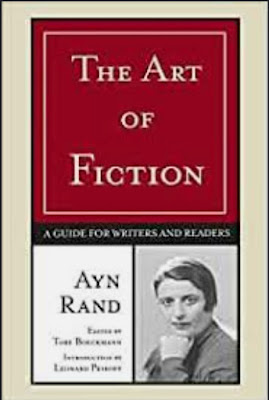“The most important element of a novel,” according to Rand, “is plot.” A plot is not the same thing as a story. Good Naturalistic novels, Rand says, have a series of events that add up to a story. But a “plot is a purposeful progression of events. Such events must be logically connected, each being the outgrowth of the preceding and all leading up to a final climax.”
Alice O'Connor, better known by her pen name Ayn Rand, was a Russian-born American writer and philosopher. She is known for her fiction and for developing a philosophical system she named Objectivism. Born and educated in Russia, she moved to the United States in 1926. She wrote a play that opened on Broadway in 1935. Wikipedia
Born: February 2, 1905, Saint Petersburg, Russia
Died: March 6, 1982, Manhattan, New York, NY
Full name: Alisa Zinov'yevna Rosenbaum
Spouse: Frank O'Connor (m. 1929–1979)
The Art of Fiction offers invaluable lessons, in which Rand analyzes the four essential elements of fiction: theme, plot, characterization, and style. She demonstrates her ideas by dissecting her best-known works, as well as those of other famous authors, such as Thomas Wolfe, Sinclair Lewis, and Victor Hugo. An historic accomplishment, this compendium will be a unique and fascinating resource for both writers and readers of fiction. A Guide for Writers and Readers








